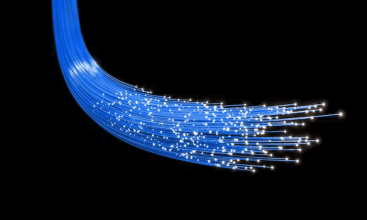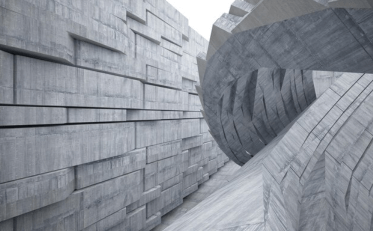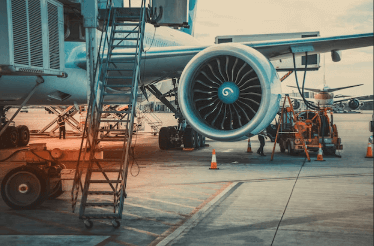Question
a.
One, very intense
b.
Two, equally intense
c.
Three with middle one more intense than upper and lower
d.
Three equally intense
Posted under Cytogenetics
Interact with the Community - Share Your Thoughts
Uncertain About the Answer? Seek Clarification Here.
Understand the Explanation? Include it Here.
Q. You grow a bacterial culture in a media containing N¹⁵ and transfer it to a media with ¹⁴. After two rounds of replication you perform a CsCl density gradient centrifugation of the...
Similar Questions
Explore Relevant Multiple Choice Questions (MCQs)
Q. What will be the fate of a Seq A mutant E. Coli?
View solution
Q. At which end are the new DNA bases added?
View solution
Q. How many prokaryotic DNA polymerases have 5’->3’ proofreading activity?
View solution
Q. Which is the most processive of prokaryotic DNA polymerases?
View solution
Q. Bacterial polymerases are slower than eukaryotic polymerases.
View solution
Q. In an experiment you take a DNA in vitro and attempt to replicate it. Which combination will you add to your DNA to get the maximum replication product?
View solution
Q. In an experiment you use DNA pol I – Klenow fragment. When all other requisites for replication are added, then what will be the effect on the newly replicated DNA? Consider leading strand only.
View solution
Q. You take a circular ssDNA and to it you attach a small labeled complimentary fragment. You add different reagents and try to get free labeled probe. Which of this reagent will give you your desired result?
View solution
Q. Which of this subunit is not a part of core DNA polymerase?
View solution
Q. Rolling circle mode of replication is ________
View solution
Q. What constitutes Primosome?
View solution
Q. If we mutate the DNA ligase and observe the length of the replicated strands in different time slots after replication initiation, what will we observe?
View solution
Q. If we mutate the DNA ligase and observe the length of the replicated strands in different time slots after replication initiation, what will we observe?
View solution
Q. DNA replication in the two strands proceed in opposite direction as they are aligned oppositely with respect to 3’ and 5’ ends
( 5’——————————-3’
3’——————————-5’).
In this context which of the following is true.
View solution
Q. In case of eukaryotes replication initiates at ________
View solution
Q. Here are names of some factors necessary for prokaryotic replication. Which of these or their homologue is unnecessary for eukaryotes?
View solution
Q. You wanted to find out the importance of the DNA polymerases. So, you mutated the polymerases one by one and checked for survival. In which of these mutant cases will you see least survival rate?
View solution
Q. You design a circular ssDNA with a labeled RNA primer (alpha-P³² labeling). You add polymerase epsilon and required enzymes for replication to the fragment. What will you expect to see on autoradiography after gel electrophoresis?
View solution
Q. You design a plasmid with a gene for Histidine synthesis and a fragment containing ARS. You introduce it yeast culture and try to grow then in Histidine deficit media. What will be your observation?
View solution
Q. Deletion of which domain of ARS would give the least replication rate in eukaryotes?
View solution
Recommended Subjects
Are you eager to expand your knowledge beyond Cytogenetics? We've handpicked a range of related categories that you might find intriguing.
Click on the categories below to discover a wealth of MCQs and enrich your understanding of various subjects. Happy exploring!








